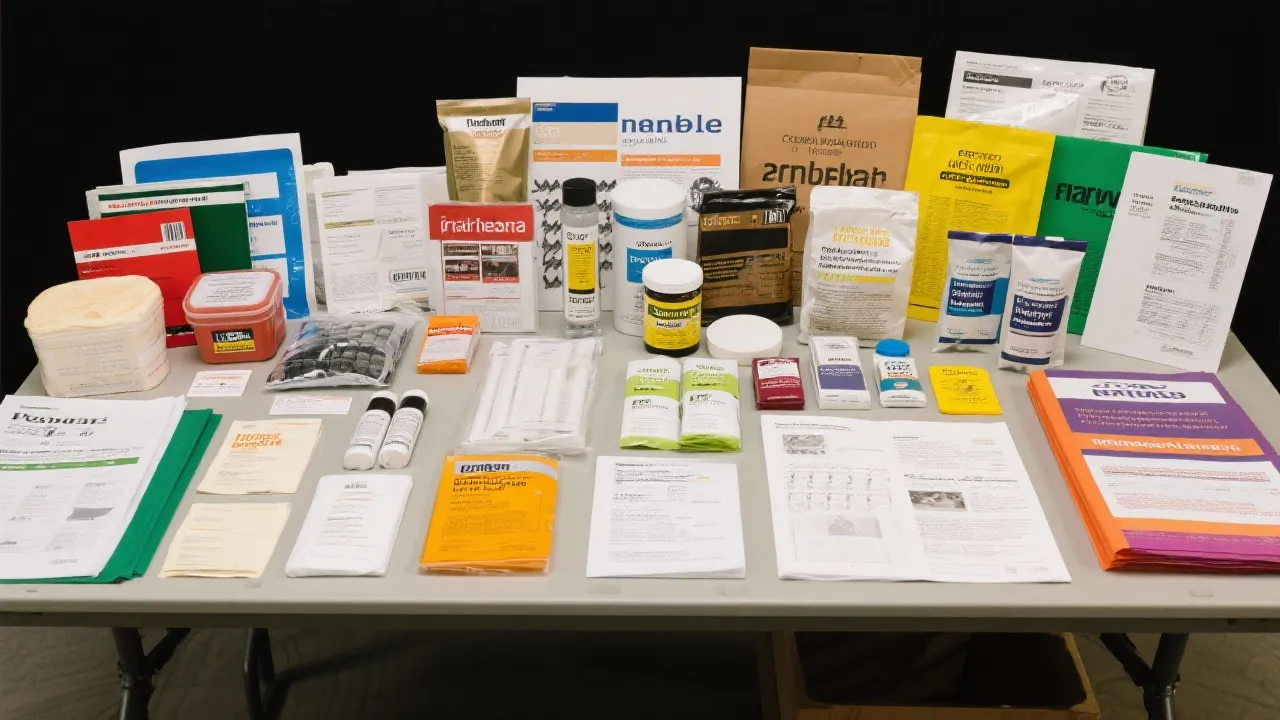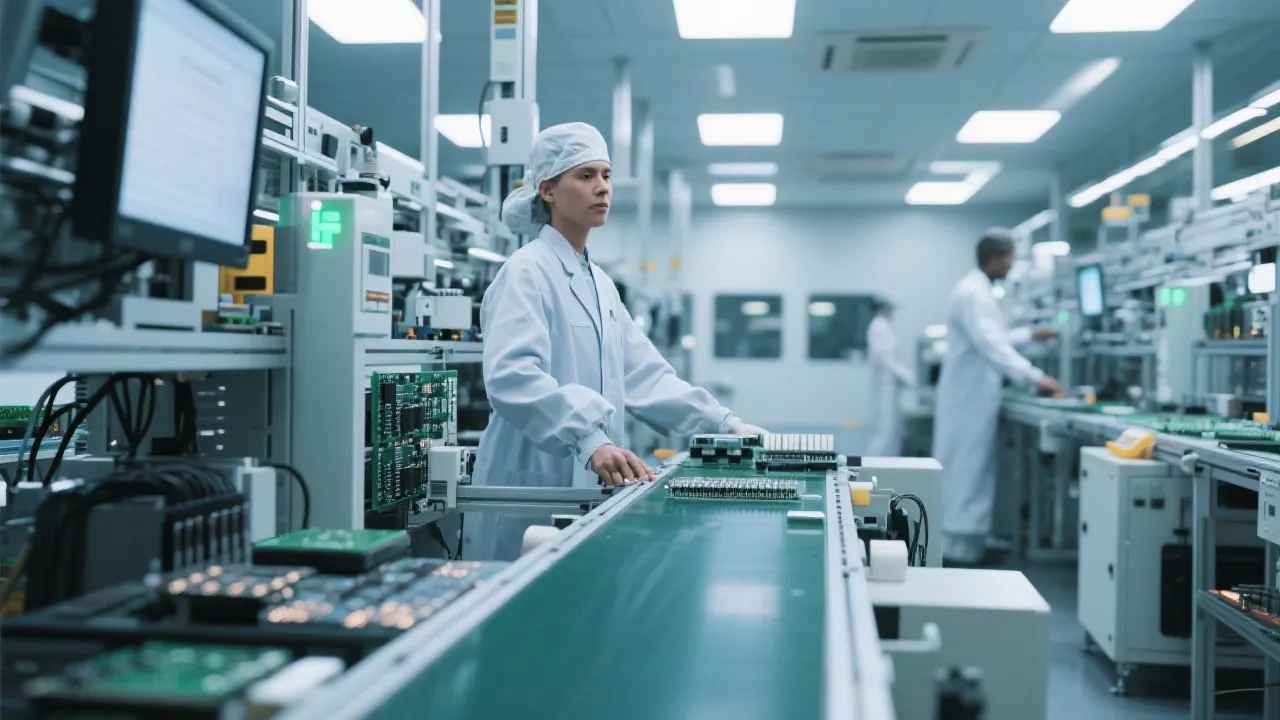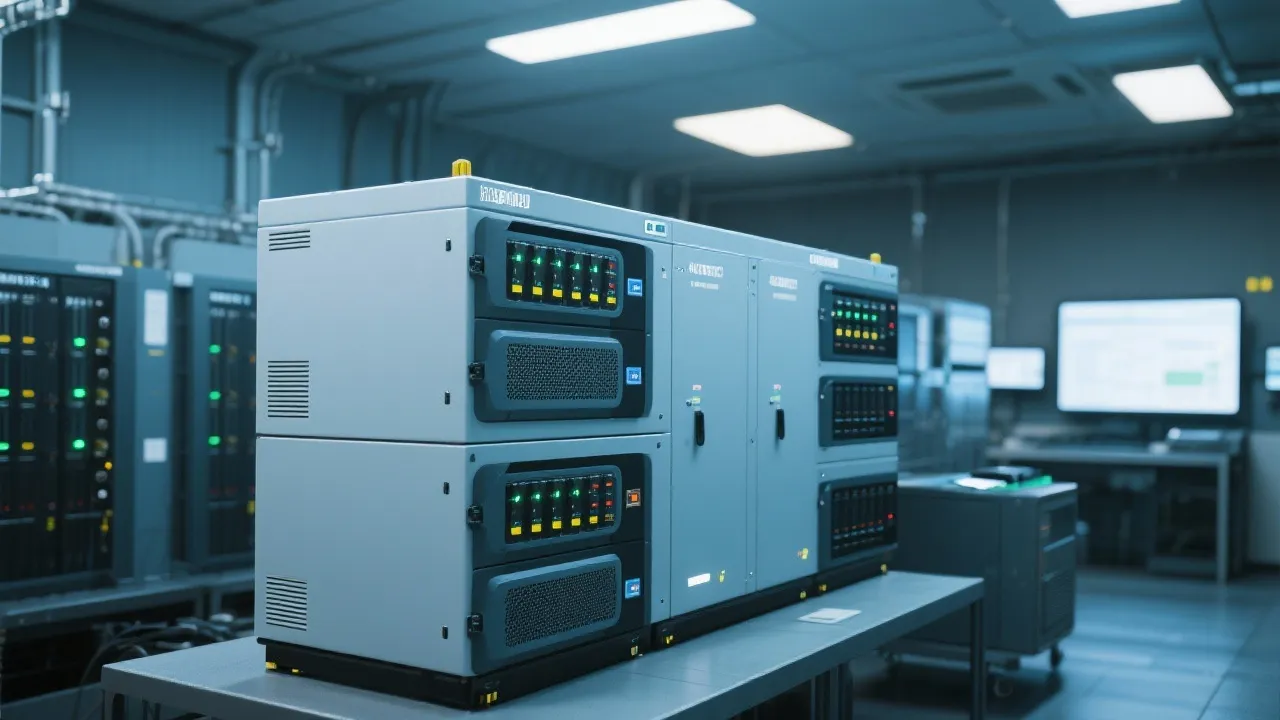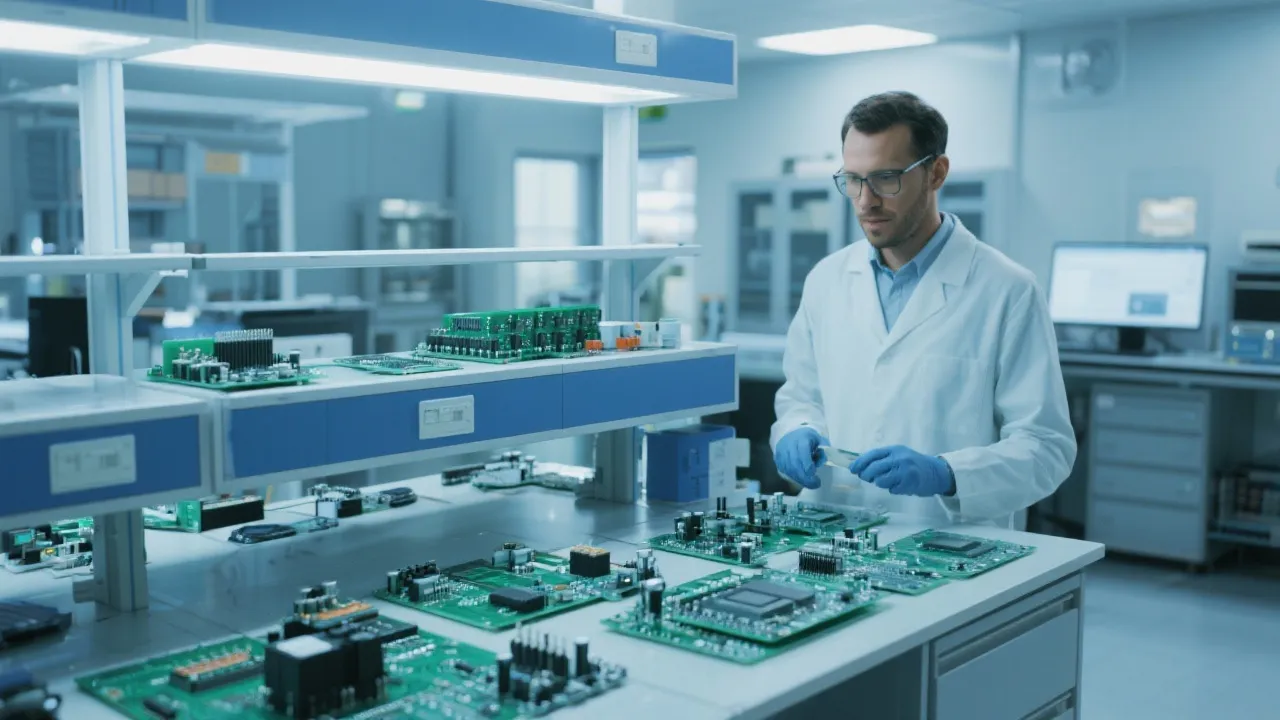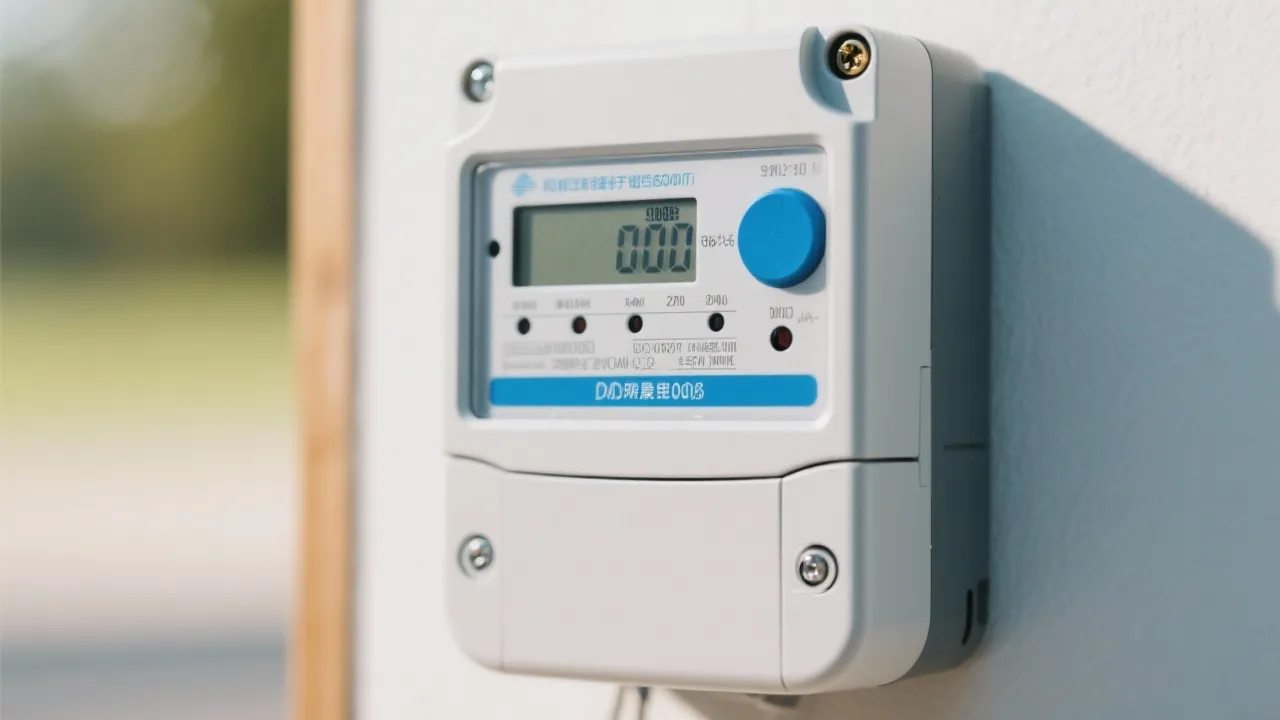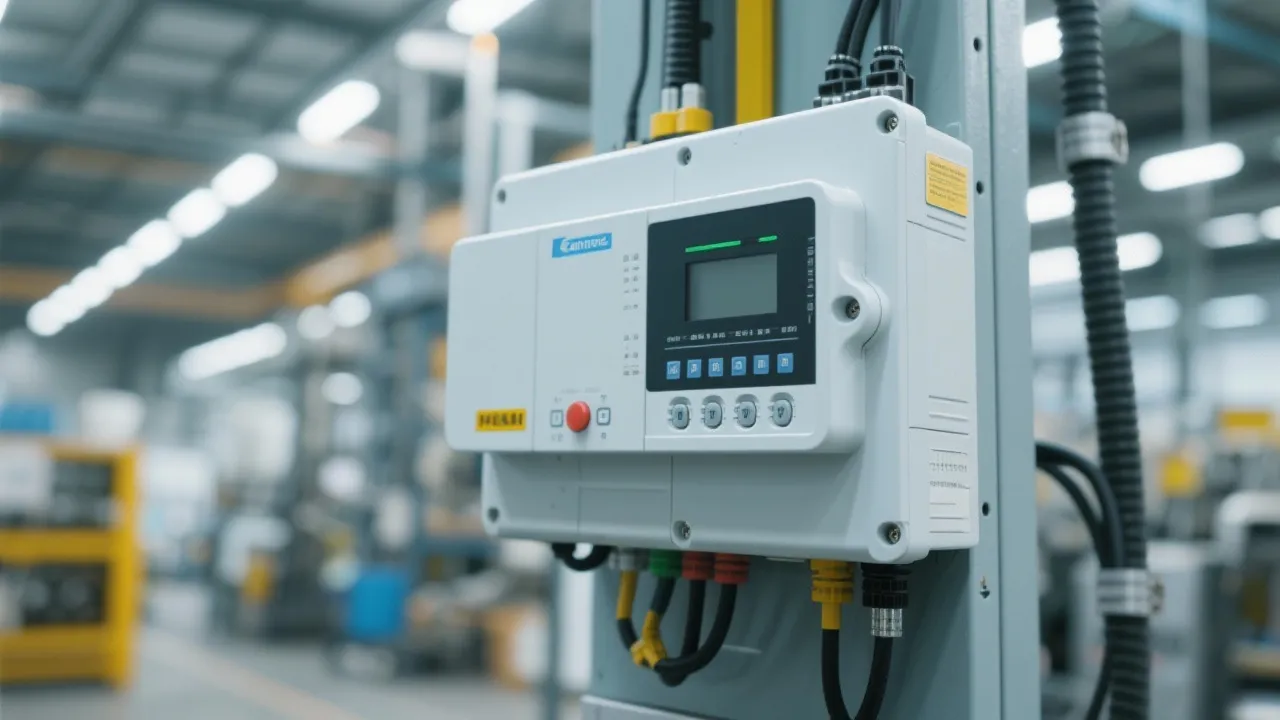Understanding Capillary Viscometers Explained
Capillary viscometers are essential tools in rheology, helping measure the viscosity of liquids. These instruments utilize the flow of a liquid through a narrow tube to determine its viscosity, providing precise and reliable data essential for various industrial applications. Inquiries into their mechanisms, benefits, and applications can bridge the gap between complex scientific concepts and tangible industrial practices.
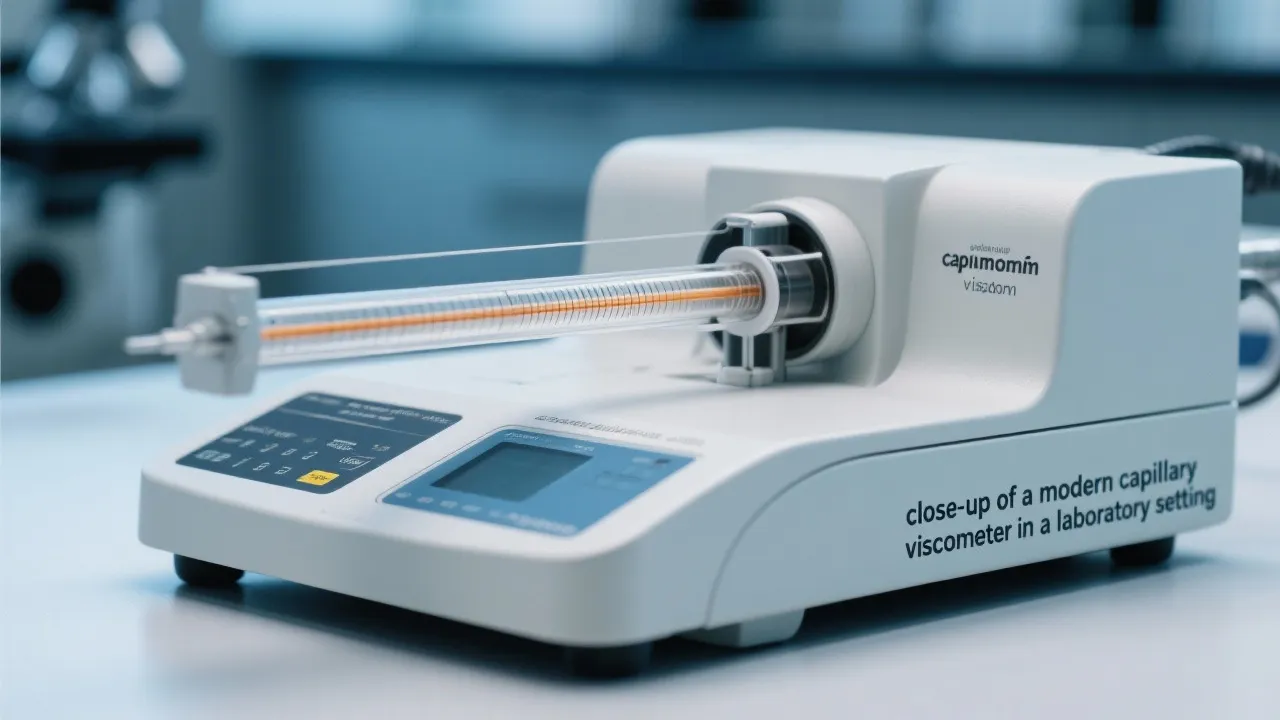
Introduction to Capillary Viscometers
Capillary viscometers are crucial instruments in the field of rheology, providing accurate measurements of liquid viscosity. These tools use the principle of laminar flow through a narrow tube, allowing scientists and engineers to determine the internal friction of fluid particles. This method is valued for its precision and reliability across multiple sectors, including pharmaceuticals, petrochemicals, and food processing. Understanding how capillary viscometers work and their applications can greatly enhance our approach to handling various fluids, ensuring that we meet the demands of quality and performance in numerous industries.
The Mechanics Behind Capillary Viscometers
At the core of a capillary viscometer is the Hagen-Poiseuille equation, which describes the flow of liquid through a cylindrical tube. According to this principle, the viscosity (η) of a fluid can be calculated with the formula:
η = (πr4(ΔP)l)/(8Q)
where r is the radius of the capillary, ΔP is the pressure difference across the tube, l is the length of the tube, and Q is the volumetric flow rate. By measuring the time it takes for a specific volume of liquid to pass through this capillary, the instrument calculates the viscosity based on the above equation. This time-dependent method ensures high accuracy, making capillary viscometers a preferred choice over other viscosity measurement tools.
Additionally, laminar flow conditions are essential for capillary viscometers to function correctly, as turbulent flow can drastically affect the results. Laminar flow, characterized by smooth and orderly movement of fluid, ensures that there are minimal disturbances in the fluid layers. This is particularly important in precise applications where the viscosity is directly related to the performance of a product.
Applications in Various Industries
The versatility of capillary viscometers makes them indispensable in numerous industries. In the pharmaceutical industry, they ensure the consistency and quality of liquid medications and suspensions. Accurate measurement of viscosity in this sector is critical, as it affects drug absorption and efficacy. Furthermore, the viscosity of syrups and solutions must adhere strictly to standards to ensure patient safety and treatment effectiveness.
The petrochemical sector employs these viscometers to monitor and maintain oil viscosity for efficient processing. The viscosity of crude oil, for example, significantly influences its transport and refining processes. Capillary viscometers help in assessing the fluidity of oils, enabling operators to make adjustments to maintain optimal flow rates during drilling and extraction.
Moreover, in food production, they help control the thickness and texture of products such as sauces and syrups. Consumers often equate texture with quality; hence, the viscosity must be within a specific range for products to meet market expectations. Applications extend to cosmetics where the viscosity of lotions and creams directly affects consumer perceptions, leading manufacturers to utilize capillary viscometers to ensure product consistency.
Besides these sectors, capillary viscometers find their utility in new fields such as 3D printing materials, where the viscosity of the inks or polymers influences the printing speed and quality. As industries evolve, the necessity for precise viscosity measurements becomes even more pronounced.
Comparing Capillary Viscometer Types
| Type | Properties |
|---|---|
| U-tube | Traditional and cost-effective, suitable for small volume measurements. The U-tube capillary viscometer typically has a straightforward design that cannot only make measurements quick but is also easy to clean and maintain, which is an added advantage in busy laboratory environments. |
| Suspended-level | Allows for better observation of the fluid flow, suitable for transparent liquids. These viscometers provide enhanced visibility, enabling operators to ensure liquid clarity and avoid errors related to solids or turbidity interfering with the measurements. |
| Falling ball | Determines viscosity by measuring the falling speed of a ball through the liquid. This type can accommodate a wider range of viscosities and provides a non-intrusive method of measuring viscosity, which can be beneficial for shear-sensitive materials. |
Each type of capillary viscometer has its unique advantages and limitations depending on the application requirements. For example, U-tube viscometers are often favored for their simplicity when assessing low-viscosity fluids. In contrast, falling ball viscometers may be chosen for high-viscosity materials where traditional methods may struggle. Ultimately, the choice of viscometer should align with the specific characteristics of the fluid being tested, including its viscosity range, temperature stability, and the requirement for cleanliness or material sensitivity.
Steps for Using a Capillary Viscometer
Employing a capillary viscometer involves a step-by-step process that requires meticulous handling:
- Calibrate the instrument according to the manufacturer's specifications. Regular calibration ensures that the measurements remain accurate over time and allows for the detection of any instrument drift.
- Fill the viscometer with the test liquid, ensuring no air bubbles remain. Air bubbles can significantly disrupt flow and lead to inaccurate measurements, so it is essential to eliminate them correctly.
- Set the liquid to flow at a constant temperature, as viscosity can vary with temperature fluctuations. For precise readings, a thermostatic bath may be used to maintain stable temperatures throughout the measurement process.
- Start the timing mechanism as soon as the liquid begins to flow through the capillary. Timing should be immediate to capture accurate flow dynamics.
- Measure the time it takes for the liquid to pass between two marked points. This measurement is crucial, as it is directly related to the fluid's viscosity.
- Utilize the measured time in the Hagen-Poiseuille equation to calculate the viscosity. Inputting the collected data into the formula helps achieve the desired viscosity value.
Following these steps accurately not only yields better measurement results but also ensures consistent data across experiments. Continuous documentation of results and adherence to temperature stability practices significantly enhance the reliability of viscosity readings.
FAQs
What is viscosity?
Viscosity is a measure of a fluid's resistance to flow, a critical property influencing how liquids behave under different conditions. The significance of viscosity extends beyond mere measurements; it correlates with material performance in applications, efficiency in processes, and consumer satisfaction in products.
Why are capillary viscometers preferred over other methods?
Their ability to provide consistent, accurate measurements and their relatively simple operation make them a valuable tool in various industries. Capillary viscometers are particularly appealing due to their straightforward implementation and the minimal training needed for operators. In addition, they can be used to analyze both new materials and established products, making them versatile tools in research and quality control.
How does temperature affect viscosity measurements?
Viscosity is temperature-dependent; thus, maintaining a constant temperature during the measurement process is essential to obtain accurate and reliable results. Any temperature variation can lead to significant changes in viscosity readings, which can be especially critical in applications where thermal variation occurs during storage or processing. For this reason, many laboratories invest in advanced thermometer systems to integrate with capillary viscometers to monitor and adjust temperatures in real time.
Can capillary viscometers be used for non-Newtonian fluids?
Capillary viscometers are primarily designed for Newtonian fluids, where viscosity remains constant regardless of the applied shear rate. However, with modifications and specific methodologies, they can be adapted to measure certain types of non-Newtonian fluids. By carefully analyzing the fluid's behavior under shear stress, operators can derive meaningful viscosity data, but this requires a thorough understanding of the fluid's characteristics and flow properties.
What maintenance does a capillary viscometer require?
Maintenance involves regular cleaning of the viscometer to prevent contamination, checking for cracks or signs of wear, and performing periodic calibrations to ensure accuracy. It’s advisable to follow the manufacturer’s guidelines regarding specific cleaning agents or procedures to avoid damaging the instrument. Proper care extends the lifespan of the viscometer and ensures consistent performance over time.
How can I correctly interpret viscosity results?
Interpreting viscosity results necessitates an understanding of the fluid’s application context. Data from capillary viscometers should be compared against established standards or specifications relevant to the material's intended use. Moreover, consideration should be given to how external factors, such as temperature and mixing conditions, might influence viscosity measurements. By analyzing viscosity data in conjunction with other material properties, scientists and engineers can make more informed decisions regarding fluid formulations and processing parameters.
Conclusion
Capillary viscometers offer a balance of precision and simplicity, making them invaluable across multiple scientific and industrial fields. Understanding their operation and applications can greatly enhance the quality control processes in any sector dealing with fluid dynamics. Whether ensuring the quality of medicinal syrups or maintaining the flow properties of industrial oils, capillary viscometers play a pivotal role in ensuring products meet the desired standards. Moreover, as the demand for advanced materials continues to rise, the importance of accurate viscosity measurements cannot be overstated. By continuously improving the methodologies used in viscosity testing and exploring new technologies for capillary viscometers, industries can ensure that innovations in their products provide enhanced performance and reliability. Investing in quality viscometry tools ultimately supports broader efforts in product safety, efficiency, and compliance across numerous fields, integrating fundamental science with practical application in today's demanding market.


